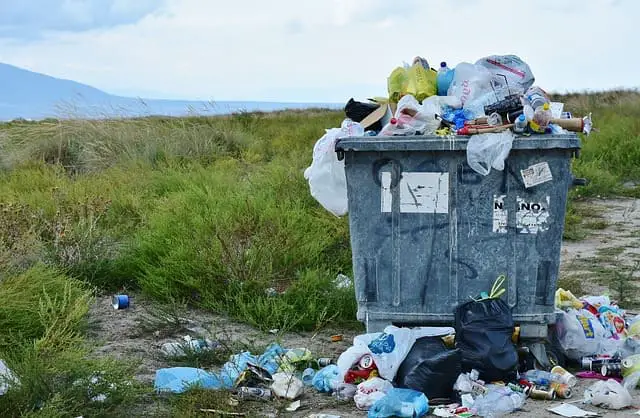Traditional consumer policies initiated by the European Union do not support the necessity of sustainable development. The policies only assist the consumers to guzzle as many natural resources as they wish. But sustainability is based on the concept of reduction in the amount of consumption of the resources in the environment. The difference cannot be balanced out by carrying out two different policies almost simultaneously. Sustainability must be taken into account first, and consumer policies should be reshaped by considering the environmental protection laws first.
Consumer and environmental regulations are two different segments of the public policy, even though both the policies rise due to the welfare of the state. Evidence shows that environmental regulations have adverse effects on the consumers but it is in the short run. Environmental laws help in the innovation of new and clean technologies, but this does not outweigh the costs of the regulations on the entities.

Effect of Environmental Protection Laws on the Consumers
Since the enactment of the first environmental regulations in the year 1970, there are great debates about the potential and positive impacts on the consumers. The protection laws force the facilities that are causing pollution to abate their activities and impose additional costs on the businesses. Thus differences in the regulatory laws across the sectors, jurisdiction, and organizations can result in the changes in the direct costs and relative production costs. Below are a few of the examples:
Examples
- For instance, the EU ETS (European Union Emissions Trading System) regulates the emission of the carbon of over 12000 organizations across Europe. This law has increased 5 to 8% of the production costs in the cement, iron, steel and power industries. Consumers in the European countries pay a higher price for the electricity they use due to fines for the carbon emissions paid by the producers of electricity.
- Asymmetrical environmental protection laws can induce heavy changes to the relative production costs. Organizations respond to these laws through decisions related to investment, output or pricing. In the case of pricing, the companies will either decide to absorb the rise in the production costs or pass it through the consumers.
- Environmental Protection laws also impact the competitiveness of depending on certain factors like whether the pollution is created during consumption or production of the product or to the extent to which degradation in the environment can damage the natural capital. The best example of this circumstance is the implication of the environmental laws on the car producing companies. If the pollution is targeting air pollution then the emissions from the car of the consumers will directly affect the foreign and domestic car industries.
Conclusion
Thus we can say that the environmental protection law implies both positive and negative effects on the consumers. The consumers have to bear the additional costs due to increased cost in the production, innovative and clean technologies, and reduction in the usage of environmentally toxic materials. On the other hand, due to these laws, the environment is getting more sustainable and improved which will have a positive impact on the health of all the human being along with every organism living on this planet.
Get more educated on Environmental Protection?
Read our guide on Books on Environmental Protection